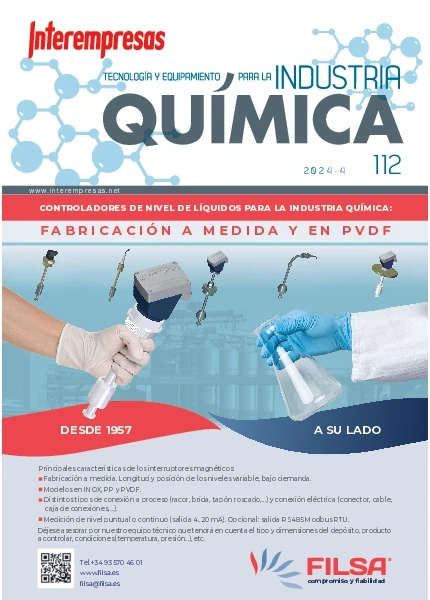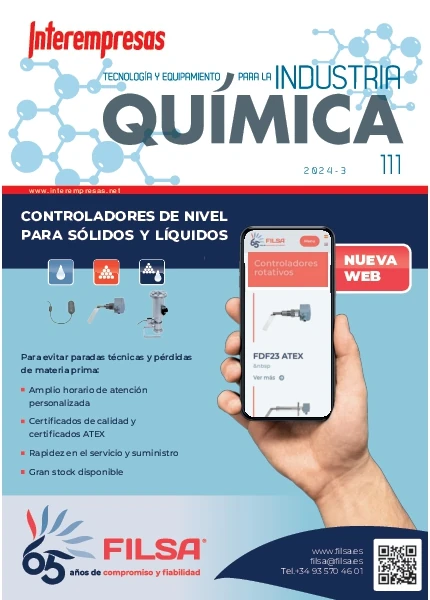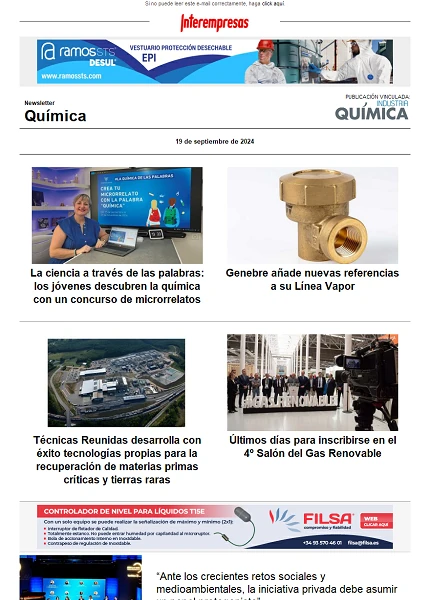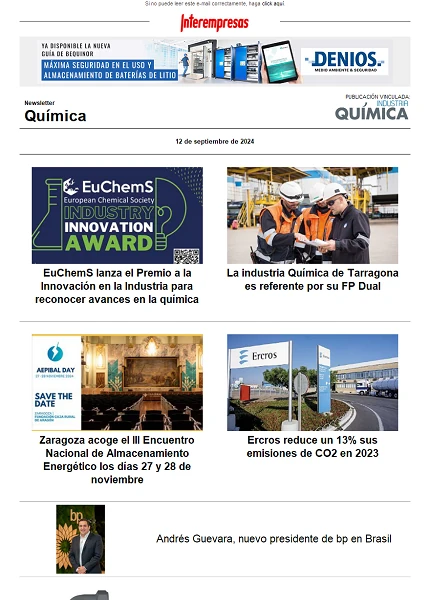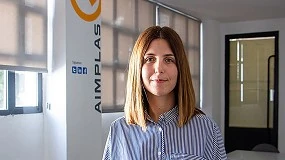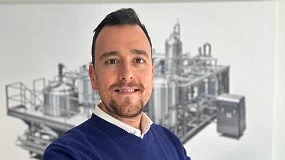Spain contributes to the standard measurement of the impact of atmospheric particles in the atmosphere
April 6, 2010
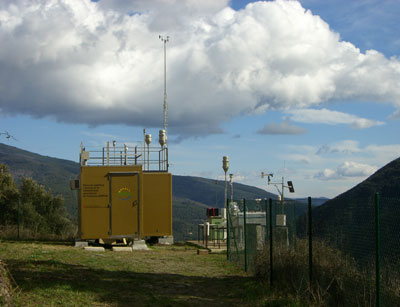
Clearing some of the unknowns on the effects of atmospheric particles in the atmosphere, at the regional and global, is one of the main objectives of the European project EUSAAR (European Supersites for Atmospheric Aerosol Research). Although atmospheric aerosols have a half-life shorter than that of greenhouse gases, as well as a greater spatial variability in terms of concentration and composition, they are one of the components that have greater impact on climate, according to the Intergovernmental Panel for climate change (IPCC). His influence is still a mystery in the calculation of radiative forcing, the index used to measure the heating or cooling of the planet. Atmospheric aerosols are tiny solid or liquid particles in suspension in the atmosphere. According to the IPCC for the year 2007, these particles can lead to a cooling with a considerable net radiative forcing effect. This would have contributed to mask the effect of global warming greenhouse gases.
What is it meant by atmospheric aerosols?
Aerosols, also known as particulate or PM ('Particulate Matter' in English), material can be generated by natural phenomena, for example storms of sand, or volcanic eruptions, or result of anthropogenic activities, involving human beings. In the latter case, the largest number of aerosols would be fruit of the burning of fuels for the transportation, industrial processes, the production of electrical energy or particles of soot from the smoke of a bonfire. These particle size ranges from the finest, mainly based on carbonaceous compounds, to the thicker, formed silicates and sea salt. Mainly, the PM is composed of variable proportions of carbonaceous particles, sulfates and nitrates, chlorides and mineral matter. In Spain, the highest levels of carbon occur in the cities of heavy traffic, whose annual average reaches values up 10-15 μm/m3; those of sulphates take place in areas of industrial activity and important traffic (6-7 μm/m3), whereas nitrates (4-6 μg/m3) reach higher levels in the East Coast because of the presence of ammonia in areas of intensive agricultural activity. For its part, the presence of chloride salts is low in the interior of the country (1 μg/m3) while doubling its values in coastal towns, surpassing the 10 μg/m3 in the Canary Islands. Spain, of arid climate in the South and location close to the African continent, has high levels of mineral matter that often exceed 11 μg/m3, an annual average.
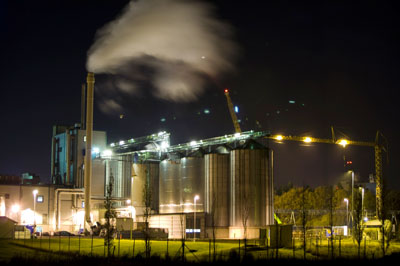
A phenomenon difficult to account for
Quantifying the influence and action of atmospheric aerosols on the environment isn't easy. Basically, depends on factors such as physical and chemical composition of these particles (size, mass, morphology, optical properties, for example) but also of its spatial variation. The main challenges that entails the study of these aerosols are: obtaining representative samples, their physical and chemical characteristics, identify the sources of the different components and the observation of the effects in the atmosphere and biosphere. The impact of these aerosols is diverse: some like sulfates, nitrates or organic carbon can reflect the incident solar radiation, causing a cooling effect because they reflect light and influence in the formation of clouds; others such as black carbon or soot produce the opposite effect as they absorb solar radiation and contribute to global warming. For its part, hygroscopic aerosols, which absorb or express humidity depending on the environment in which they are, can act as condensation nuclei and form clouds which, at the same time, will reflect the sunlight incident or the reflected from the surface of the planet. To increase the number of nuclei of condensation particles can inhibit the precipitation and prolonging the half-life of the clouds. The study on the composition, properties and characteristics of atmospheric aerosols make it difficult for the wide range of sources to observe as well as the temporal and spatial variability. Something to be overcome since the European project EUSAAR, pursued a consistent methodology of work between all stations. In other words, to be carried out measurements on the basis of the same parameters. This initiative brings together 20 stations distributed in various areas and 21 'partners' of 16 European countries: France, Spain, Italy, Germany, Bulgaria, Czech Republic, Finland, Greece, Hungary, Ireland, Lithuania, Netherlands, Norway, Sweden, Switzerland and United Kingdom. Among the participants, there is a team of researchers at the environmental Institute for diagnostic and studies of the water of the CSIC. "The Spanish contribution is limited to the control of the quality of the air station in the Montseny (Barcelona) as well as the equipment that has this facility", specifies Andrés Alastuey, researcher at the CSIC in the environmental Institute for diagnostic and studies of the water (IDAEA).
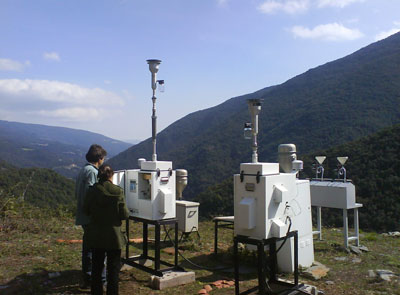
The only Spanish station in the network EUSAAR is situated in the heart of the Montseny
In addition to being the only station that represents the country in the network EUSAAR, installation in the Montseny brings together other peculiarities. Initially, stations that measured air pollution oversaw the quality of the air and its impact on health, so the concentration of certain sizes of particle mass only be valued. For this reason, most of these stations were located near or within urban areas. In the view of Alastuey, cities are not representative of the atmosphere at a general level. For the researcher, measurements in urban areas should alternate with each other in rural, less populated areas. Thus, throughout the territory will be studied and will be a more homogeneous information. It thus chose the 20 European stations representing different geographical and climatic environments of the continent.
In Spain, Montseny station, including network monitoring and forecast of air pollution in Catalonia, is dedicated to overseeing the North-East of Spain particles, especially episodes of African dust. The installation, in operation since 2002, collects information on the evolution of the atmosphere in the Western Mediterranean and the tendency of regional pollution in the Barcelona area. In the Centre are measured dimensions, chemical composition, levels of concentration, coefficient of absorption and dispersion as well as the number of particles sub-micron (with diameters less than 0.001 millimeters) of atmospheric aerosols. However, the station is already beginning to develop a new system to sample aerosols with humidity control which interfere with the action, among other innovations, as it ensures Alastuey. The researcher is moving some of the consequences of the EUSAAR project, whose completion is scheduled for next year. "There is a 99% chance that this project will lead to another, yet to be confirmed, that would take the relay from the initial project." "Other stations, apart from the usual 20, would participate in it and would be incorporated new techniques both measures surface and tropospheric column".

